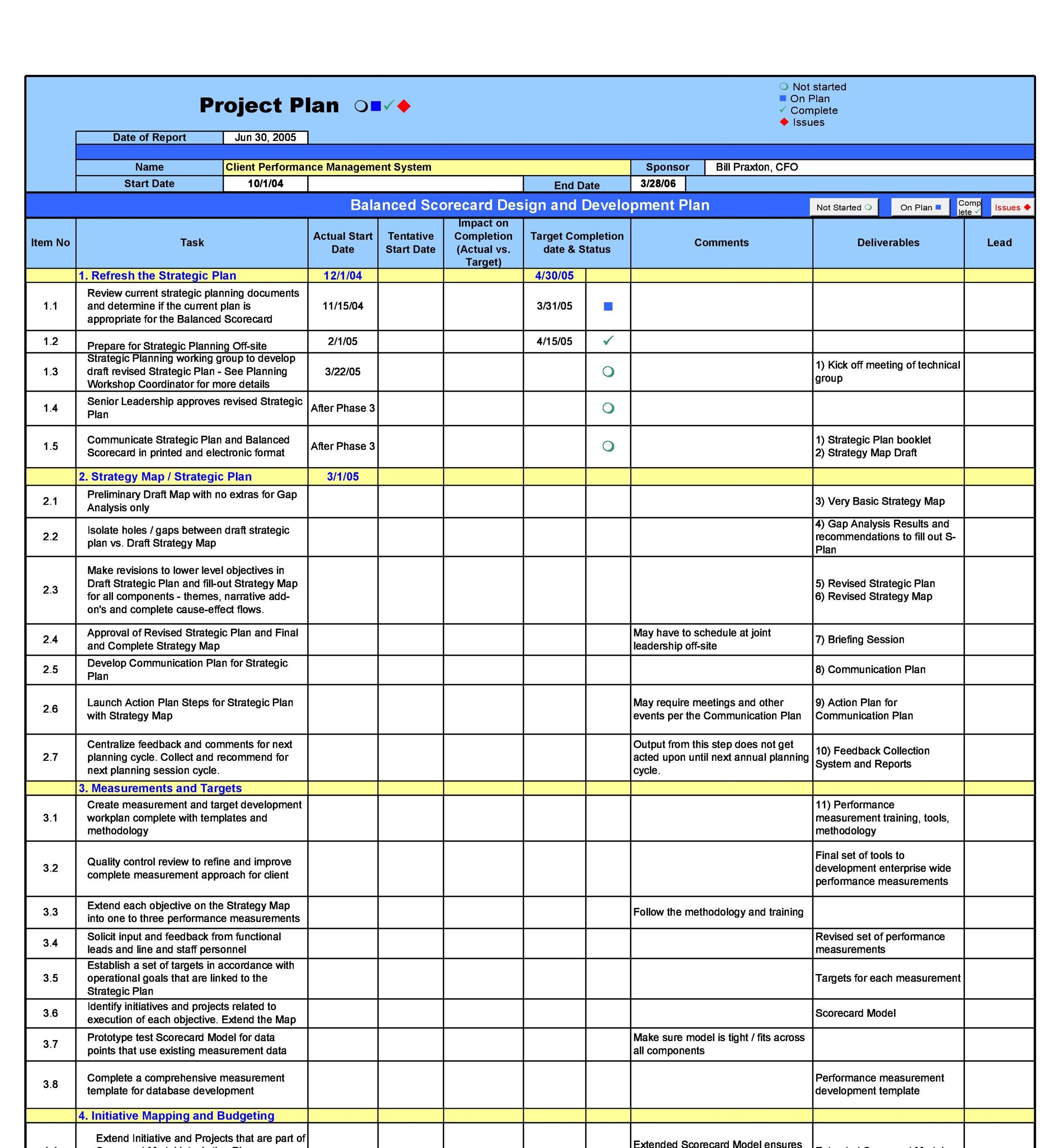Weekly Performance Review: Areas For Improvement

Table of Contents
Defining Clear Expectations and Goals
Before diving into a Weekly Performance Review, establishing clear expectations and goals is paramount. This sets the foundation for a productive and focused review process. The most effective approach involves setting SMART goals: Specific, Measurable, Achievable, Relevant, and Time-bound. Without well-defined goals, evaluating performance becomes subjective and ineffective.
- Establish clear expectations for tasks and projects: Clearly outline what needs to be accomplished, including deliverables, deadlines, and quality standards. Ambiguity breeds confusion and hinders performance.
- Collaboratively set achievable weekly targets: Involve employees in the goal-setting process. This fosters ownership and ensures that targets are realistic and challenging yet attainable.
- Ensure alignment between individual goals and team objectives: Individual goals should directly contribute to the overall team objectives. This alignment ensures everyone is working towards a common purpose.
- Use a shared platform (e.g., project management software) to track progress: Tools like Asana, Trello, or Monday.com facilitate transparent progress tracking, making the Weekly Performance Review process smoother and more data-driven.
Misalignment in expectations is a common cause of performance issues. When employees aren't clear on what's expected, they're more likely to miss deadlines, produce subpar work, or feel frustrated and disengaged. Proactive goal setting prevents these issues.
Identifying Performance Gaps During the Weekly Performance Review
The core of a Weekly Performance Review involves identifying areas needing improvement. This requires a systematic approach, combining objective observation with constructive feedback.
- Review completed tasks against set goals: Compare actual outcomes with the previously established SMART goals. This provides a quantifiable measure of progress.
- Analyze any delays or roadblocks encountered: Understanding obstacles helps pinpoint areas needing support or process improvements. Were there resource constraints? Unforeseen challenges? Identifying these is vital.
- Assess the quality of work produced: Evaluate not just the quantity but also the quality of completed tasks. Meet quality standards? Are there opportunities for improvement in accuracy, efficiency, or presentation?
- Seek employee self-assessment for honest feedback: Encourage employees to reflect on their performance. This encourages self-awareness and provides valuable insights.
- Use data and metrics to support observations: Back up your observations with concrete data, such as project completion rates, error rates, or customer satisfaction scores.
Objective observation and constructive criticism are essential. Focus on behaviors and outcomes, not personality traits. Data-driven feedback is more impactful and less prone to bias.
Providing Constructive Feedback and Actionable Steps
Providing effective feedback is crucial for driving improvement. The key is to focus on constructive criticism, offering specific examples and actionable steps.
- Frame feedback positively, focusing on improvement: Start by acknowledging accomplishments and then address areas for improvement in a supportive manner.
- Offer specific suggestions for improvement: Instead of general comments, provide concrete examples and actionable recommendations.
- Collaboratively create an action plan with clear steps: Work with the employee to develop a plan outlining specific actions, timelines, and resources needed for improvement.
- Set realistic deadlines for implementing changes: Ensure the deadlines are achievable and aligned with the employee's workload.
- Schedule follow-up meetings to track progress: Regular check-ins reinforce commitment and provide ongoing support.
Creating a safe space for feedback is critical. Employees should feel comfortable sharing their perspectives without fear of judgment or retribution. Open communication and mutual respect are essential.
Utilizing Tools and Technologies for Effective Weekly Performance Reviews
Technology can significantly enhance the effectiveness of Weekly Performance Reviews. Various tools can streamline the process and improve data-driven feedback.
- Project Management Software (Asana, Trello, Monday.com): These tools facilitate task tracking and progress monitoring, providing readily available data for reviews.
- Performance Management Systems: Dedicated systems allow for goal setting, feedback documentation, and performance tracking over time.
- Communication platforms (Slack, Microsoft Teams): These facilitate efficient feedback exchange and quick follow-ups.
- Time Tracking software: Understanding time allocation helps identify areas where time management improvements might be beneficial.
Selecting the right tool depends on your team's size, needs, and budget. Consider features, integration capabilities, and ease of use when making your selection.
Conclusion
Regular Weekly Performance Reviews are invaluable for fostering employee growth and enhancing team performance. By defining clear expectations, identifying performance gaps, providing constructive feedback, and utilizing appropriate tools, you can significantly improve individual and team productivity. Remember to make your Weekly Performance Reviews a collaborative process focused on improvement, not criticism. Implement these strategies for a more effective Weekly Performance Review process and watch your team thrive! Start improving your team's performance with consistent and effective Weekly Performance Reviews today!

Featured Posts
-
 Djokovic Miami Acik Finalini Kazandi Mi
May 17, 2025
Djokovic Miami Acik Finalini Kazandi Mi
May 17, 2025 -
 Prominent North Dakota Businessperson Honored With Msum Honorary Degree
May 17, 2025
Prominent North Dakota Businessperson Honored With Msum Honorary Degree
May 17, 2025 -
 Panduan Lengkap Laporan Keuangan Untuk Bisnis Kecil Dan Menengah Ukm
May 17, 2025
Panduan Lengkap Laporan Keuangan Untuk Bisnis Kecil Dan Menengah Ukm
May 17, 2025 -
 Plei Of Nba Imerominies Agonon And Pliris Odigos
May 17, 2025
Plei Of Nba Imerominies Agonon And Pliris Odigos
May 17, 2025 -
 The 2025 Middle East Trip Examining President Trumps Actions And Their Presidential Consequences May 15
May 17, 2025
The 2025 Middle East Trip Examining President Trumps Actions And Their Presidential Consequences May 15
May 17, 2025
